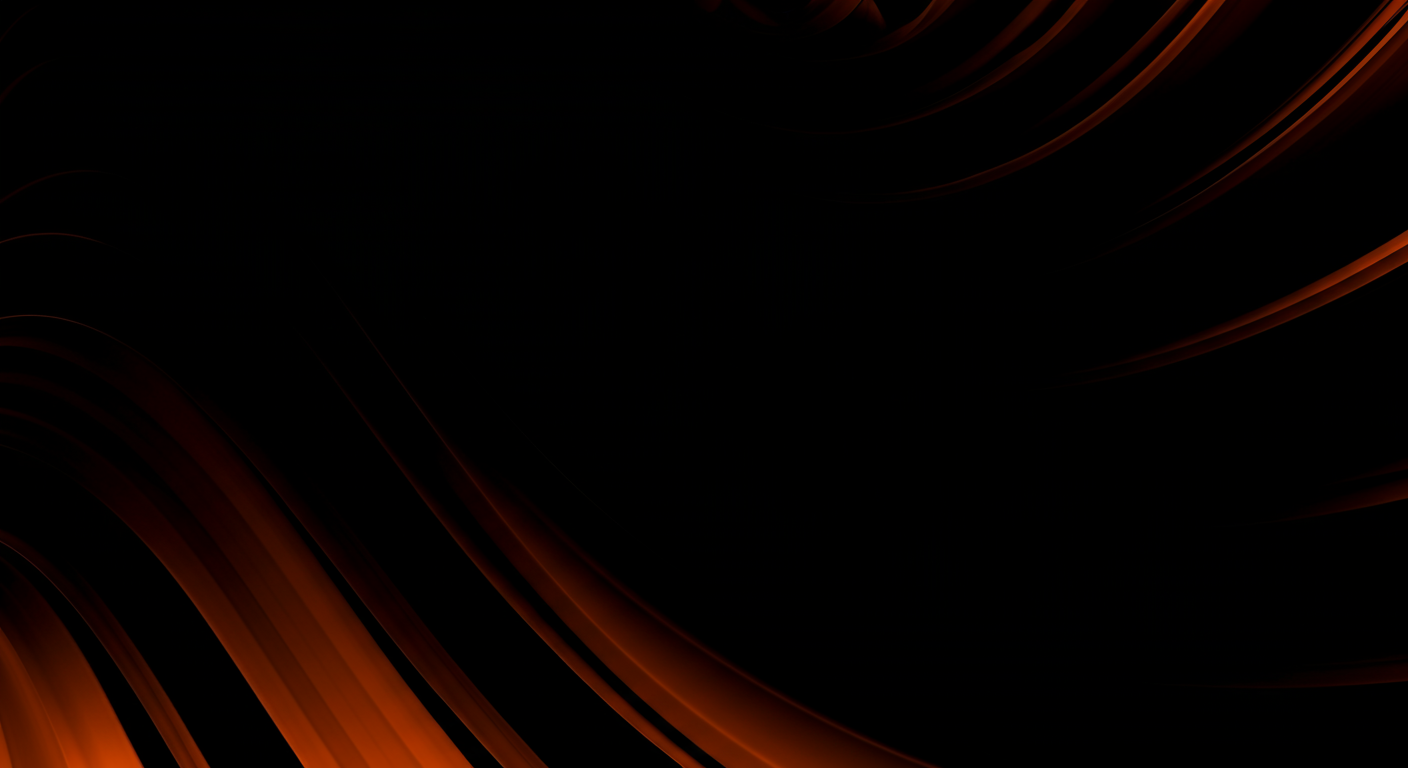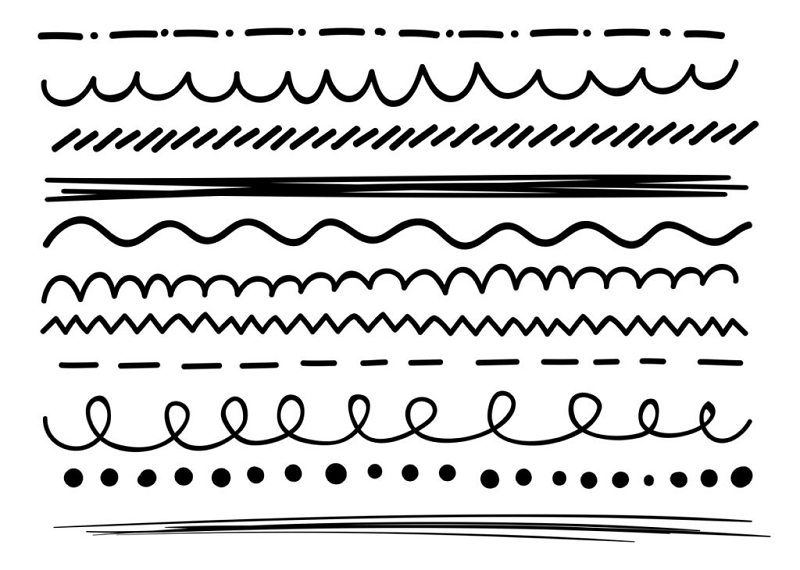
CommPRO|Industry News
CommPRO keeps the communications, public relations and marketing industries connected, informed and creative.
Archive
- Accessibility
- Active Listening
- Advertising
- Advertising Agency Man...
- Agency Insurgents
- Agile Engagement
- Artificial Intelligence
- Awards
- Barter & Trade
- Blockchain
- Brand Marketing
- Brand Simplicity
- Branding
- Business Ethics
- Business Leadership
- C-Suite TV Insights
- Career Advice
- Celebrity Branding
- Comms Tech
- CommunicationsMatch
- CommunicationsMatch Ag...
- Company Culture
- Conferences
- Content
- Content Couture
- Content Intelligence
- Content Marketing
- Content Marketing Central
- Corporate Communications
- Corporate Insights
- Corporate Social Respo...
- Crisis Communications
- Crisis Communications ...
- Critical Now
- Cryptocurrency
- Customer Engagement
- Digital Advertising
- Digital Asset Manageme...
- Digital Communications
- Digital Marketing
- Digital PR
- Direct Marketing
- Diversity Equity Inclusion (DEI)
- Dominican Women To Marry
- ESG
- Earnings Guidance &...
- Editorial
- Education
- Email Marketing
- Events
Here’s How to Properly Use an Ellipsis, According to AP Style
The ellipsis is a useful but often misused punctuation mark. It’ most used for indicating that something has been removed from a quote, but their actual usage can be a bit tricky.
Here’s How to Use Dashes Properly in Your Writing, According to AP Style
For a couple of straight lines, hyphens, em dashes and en dashes can be surprisingly tricky to use. But they’re a critical tool for any writer, especially if you’re hoping to add drama or connect thoughts together.
How to Use Quotation Marks, According to AP Style
Quotation marks seem straightforward. If you’re recounting exactly what someone else said, it should be in quotation marks. Easy, right?
That part is simple enough. But where does the punctuation mark go in a quote? What if it’s a quote within a quote? Do you ever use single quotes? What if it’s an unfamiliar word? Are there exceptions?




